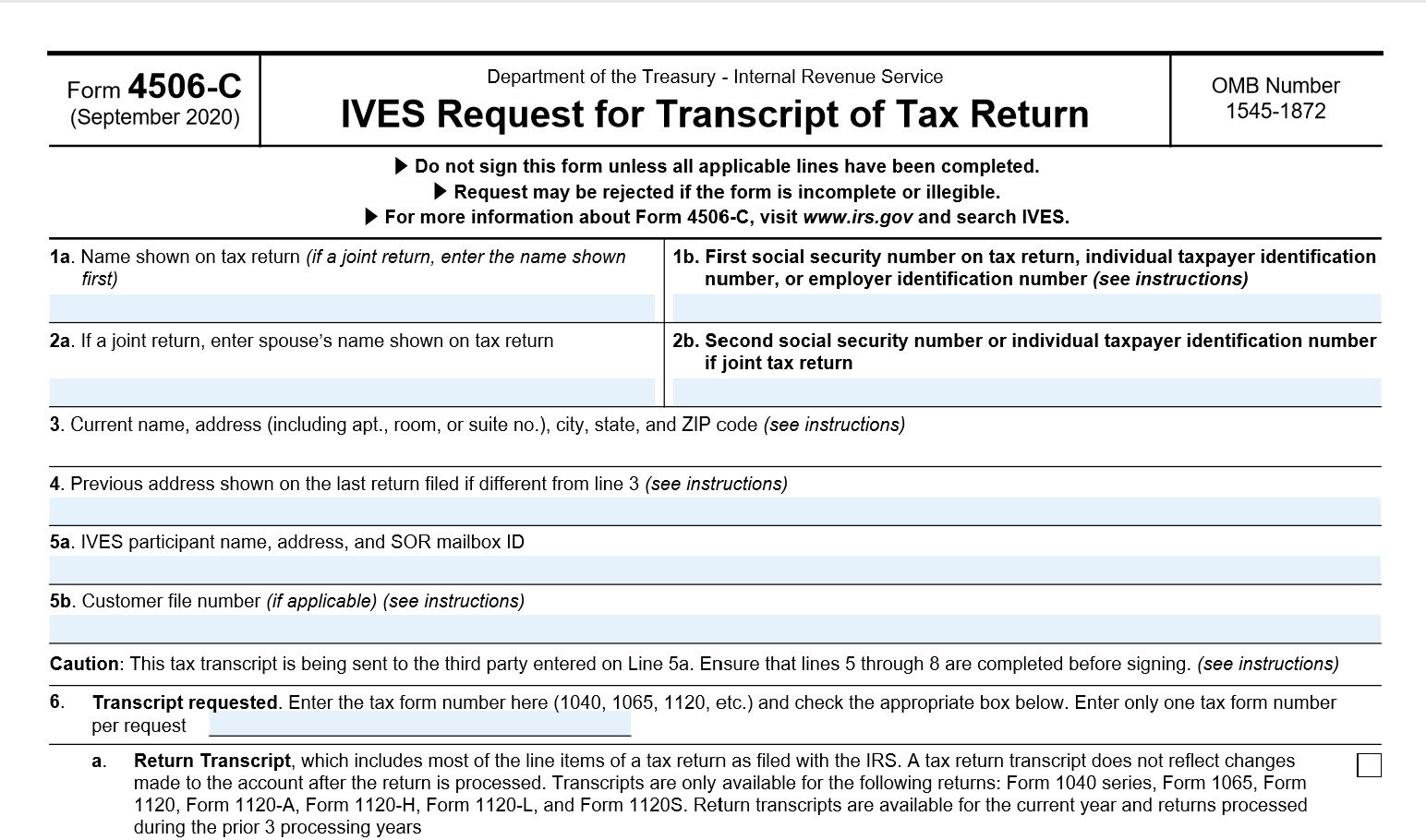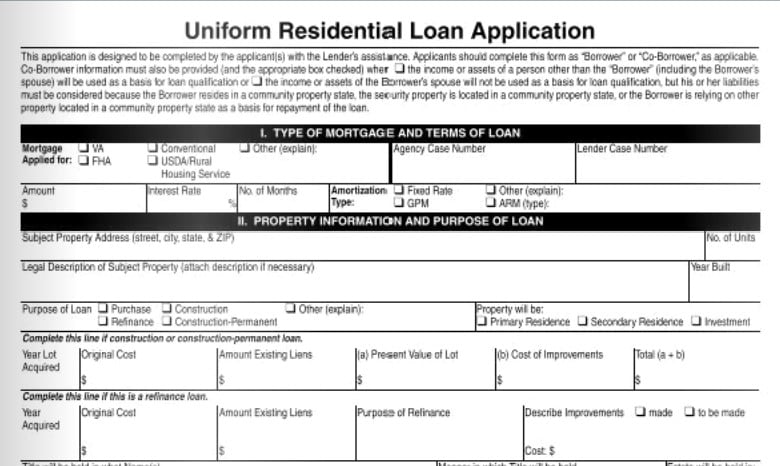The CFPB eClosing Pilot
 By Melanie Feliciano and Tim Anderson
By Melanie Feliciano and Tim Anderson
What does the recently launched CFPB e-closing pilot really say thus far, and what may it reveal?
Any mortgage professional can attest to the overwhelming amount of paperwork associated with the closing process. For consumers, this final step to homeownership has become notorious for causing confusion and even surprises in the form of unexpected costs. In an effort to assess how the industry can reduce the complexity of this arduous process, the Consumer Financial Protection Bureau (CFPB) introduced its mortgage eClosing pilot, with seven financial institutions and four technology vendors participating in this program. While the closing is just one portion of the mortgage, this pilot could be key to proving the value electronic records, e-signatures, electronic workflows and even electronic notarizations can have, bringing to light trends that are critical to the mortgage lending world as a whole.
The eClosing pilot went live at the beginning of the year, and is exploring how the use of technology during the closing process can reduce frustration for consumers, improve their understanding and, at the same time, help lenders uphold compliance. Stemming from the CFPB’s Know Before You Owe initiative, it is largely expected among industry professionals for this pilot to, in fact, demonstrate that electronic processes accomplishes these goals.
In addition to the value of modern technology, the eClosing pilot is demonstrating the importance of accurate data. To this point, the primary focus for lenders has been on completing and delivering disclosure forms three days prior to the closing; however, if the data is not accurate, costly and frustrating delays remain inevitable. In the worst cases, legal repercussions may occur as a result of inaccurate data on closing forms, which is often simply the result of human error. Electronic processes and the use of automated documents significantly reduce these types of errors – not to mention, enable lenders to complete forms more quickly. Accuracy of data is intended to mitigate risk for lenders and to eliminate any surprises at the closing.
Electronic documents are much more than PDFs emailed back and forth, but rather intelligent documents that further protect lenders by facilitating clear timestamps to show who did what, and when they did it. What makes these documents “intelligent” is that the source XML data that is used to generate the document can be embedded within the document. This is important as it can be used later to be re-verified for compliance or electronically boarded to other systems eliminating the need to scan them, and have Optical Character Recognition (OCR) to extract data or re-key information. Having this type of automation enables lenders to reconcile that data between initial disclosure and final closing disclosure, making sure that the Good Faith Estimate (GFE), Truth in Lending (TIL) and APR are within the tolerance thresholds. Electronically performing this process is imperative for lenders; without accurate data, the chance that the closing cost will match the initial GFE is much less, causing delays in closing, incur fees and experience many other penalties.
Many documents require signatures from multiple parties, which means they are passed through a number of hands, making it easy for a mistake to occur. Automation and electronic workflows prevent common human errors like losing pages or missing a signature, and also provide lenders more visibility – they can simply log into a system to see status updates of all activities for every transaction, bringing more accountability to their businesses. Automated documents mean an automated paper trail, which is critical to lenders to prove they followed compliance.
A primary objective for the CFPB with the eClosing pilot is to evaluate ways to promote better consumer understanding of the mortgage process and the countless documents involved. Even for the savviest borrower – receiving a stack of paper documents with the expectation to review and comprehend its contents is a tall order. In addition to electronic processes in general, the pilot is experimenting with new methods to help borrowers gain a stronger understanding before they reach the final closing. For instance, can interactive links throughout the electronic forms offer guidance and education? Would borrowers be receptive to summaries, term definitions and process explanations within electronic documents? How about correlating videos?
Evaluating these tech-focused options is how the CFPB is aiming to protect consumers and create a smoother process for the consumer and lender alike. In addition to contributing to enhancing borrower comprehension, electronic documents make it possible for consumers to receive documents from the lender faster, and therefore, have more time to review them earlier than they otherwise could if being mailed the paperwork. This could mean that by the time the closing rolls around, consumers could have already read and even signed up to 85 percent of the documents – and better understand what they are signing, rather than feeling rushed to sign documents they do not fully comprehend at the closing table.
It is widely acknowledged that fraud is a growing problem for the entire financial services industry. The mortgage lending process is particularly at risk, as documents carry copious amounts of consumers’ sensitive financial data. An electronic closing process will help to make transactions more efficient, while simultaneously making them more secure and mitigating a number of risks, from repudiation risk to other types of fraud. Paper documents can easily be misplaced and wet signatures are much easier than electronic signatures to forge. Automated technology hinders fraudsters’ ability to tamper with documents, as well as requires levels of authentication for users that simply are not possible to enforce with paper.
As financial institutions continue to deal with lawsuits – some up to a billion dollars – from the robosigning that occurred, the need for more standardized and automated processes is underlined. Compliance requirements combined with the adoption of electronic processes – complete with time and date stamps and audit trails – will prevent unauthorized individuals from illegally executing or notarizing closing forms. Furthermore, a full, electronic process that captures proper authentication of the borrower executing the closing forms will help to document compliance with mortgage lending laws while mitigating risk during the mortgage origination process.
Although the closing is just one part of the mortgage process, the results from this pilot program will potentially demonstrate how electronic processes can benefit the entire mortgage transaction. There are hopes that the outcomes of this pilot could propel us toward fully electronic mortgage processes in the near future. The technology is there. The need is there. As is the desire from both sides – industry professionals and consumers. With the amount of time all mortgage companies have invested in updating their processes, policies and technology to accommodate the changing landscape, the establishment of a true e-mortgage, used across the board, would certainly prove a win-win for everyone.
About the authors
Tim Anderson is Director of eServices, DocMagic. He brings over 30 years of industry experience havingworked on both the lender and vendor side of the business. He has held executive management positions withLPS, Stewart, Fidelity, FreddieMac and HomeSide Lending where he ran the eCommerce Division and worked attechnology companies like Dexma, Microsoft and Tuttle Information Services.
Melanie Feliciano is a 2014 voluntary board member for the Electronic Signature and Records Association(ESRA), the premier trade association representing electronic signature adopters and providers. She ischief legal officer for Carson, Calif.-based DocMagic, Inc., a provider of solutions for the national mortgageindustry’s most pressing document production needs. In her role as chief legal officer, she manages theLegal and Compliance Department.
Let us digitally transform your mortgage process for increased efficiency and ROI. See how by scheduling a demo today.
Topics from this blog: eClosing Compliance
BackSearch the Blog
- Recent
- Popular
- Topics










List By Topic
- Compliance (100)
- eClosing (85)
- eSign (71)
- Awards (70)
- Integrations (57)
- Industry Publications (52)
- Total eClose (44)
- eNotes (34)
- Remote Online Notarization (31)
- Document Generation (30)
- eDisclosures (25)
- GSEs (18)
- eVault (18)
- eNotary (16)
- SmartCLOSE (13)
- LoanMagic (12)
- eDelivery (11)
- Philanthropy (8)
- Partnerships (7)
- Industry Insight (4)
- AutoPrep (3)
Subscribe Here
Download the Truliant Federal Credit Union Case Study
Truliant took several key steps to refine its 100% digital eClosing process — including finding the right technology partner.
